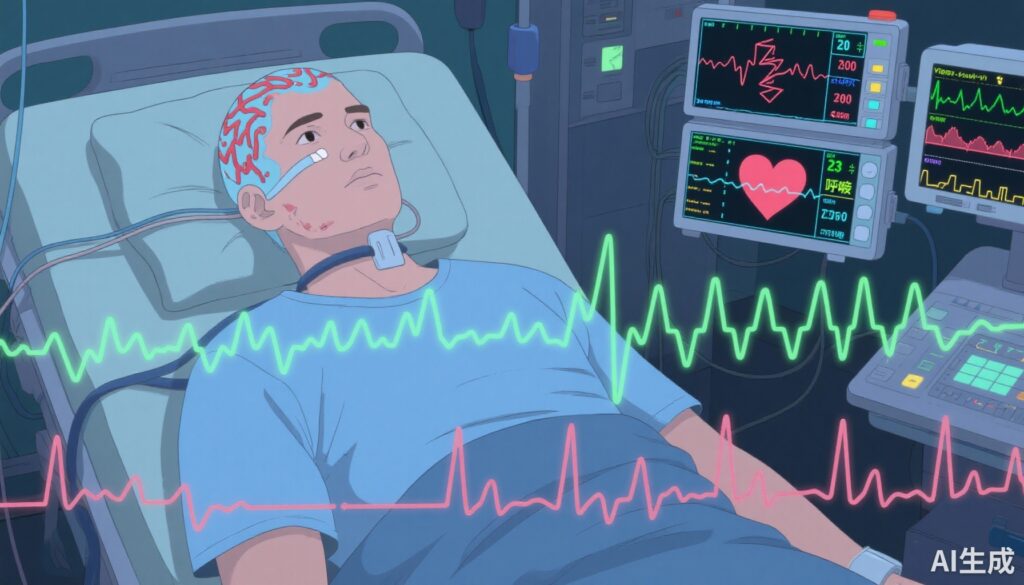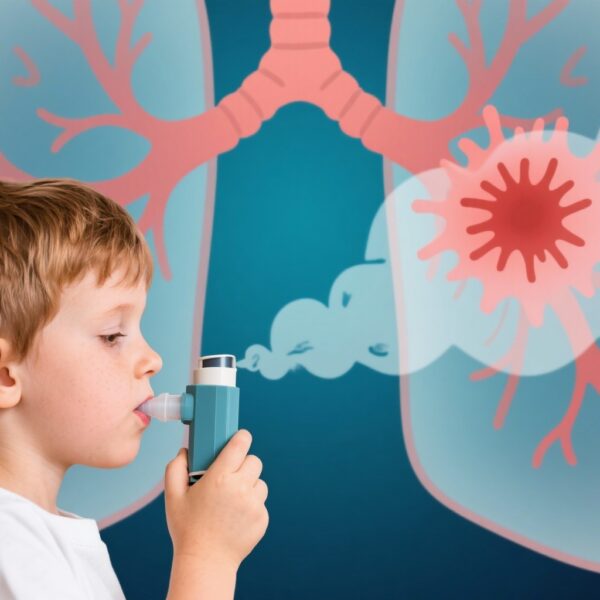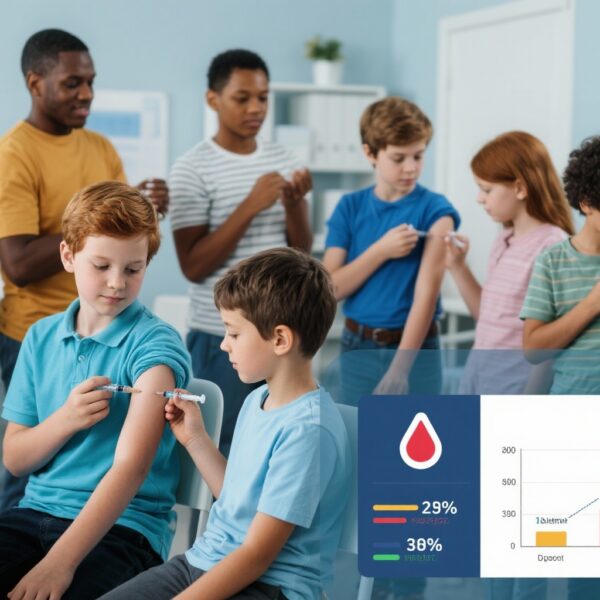Highlight
This landmark prospective multicentre cohort study identified critical risk markers for sudden unexpected death in epilepsy (SUDEP), including living alone, high frequency of generalized convulsive seizures, and peri-ictal central apnoea duration, based on long-term follow-up of 2632 epilepsy patients undergoing video EEG monitoring.
Notably, prolonged postictal central apnoea (>14 seconds) and ictal central apnoea (>17 seconds) emerged as novel electroclinical biomarkers linked to SUDEP risk, offering new avenues for epilepsy mortality risk stratification and prevention strategies.
Background
Sudden unexpected death in epilepsy (SUDEP) represents the leading cause of epilepsy-related mortality worldwide, particularly impacting patients with poorly controlled seizures. Although previous retrospective analyses have implicated factors such as generalized convulsive seizures, longstanding epilepsy duration, and solitary living conditions, definitive prospective electroclinical biomarkers for SUDEP risk prediction remained elusive prior to this study.
As epilepsy affects approximately 50 million people globally—with a subset experiencing drug-resistant seizures—the unmet clinical need to identify at-risk individuals for targeted interventions and monitoring is significant. This study addresses a crucial gap by integrating multimodal data collected during prolonged video-electroencephalographic (EEG) monitoring combined with cardiorespiratory assessments.
Study Design
This large-scale, prospective, observational cohort study was conducted across nine centres—eight in the USA and one in the UK—between September 2011 and December 2021. The study enrolled 2632 children and adults diagnosed with epilepsy by specialists. Inclusion criteria encompassed patients aged over 2 months admitted for video-EEG monitoring regardless of drug resistance status, and with at least one follow-up at six months or beyond.
Baseline data collection included demographic information, detailed electroclinical seizure characteristics, and cardiorespiratory parameters during seizures. Long-term follow-up over nearly 10 years involved routine clinical visits, electronic health record review, and telephone interviews assessing seizure frequency, medication adherence, and mortality outcomes. The primary endpoint was time to SUDEP (definite, probable, or possible) identified according to established criteria.
Statistical analysis employed Cox proportional hazards models to examine associations between predefined risk markers and SUDEP occurrence, adjusting for potential confounders.
Key Findings
Among the 2468 patients with complete follow-up, 38 (1.54%) died from SUDEP over 7982 person-years, yielding an incident mortality rate of 4.76 cases per 1000 person-years (95% CI 3.37–6.53). Two additional patients experienced near-SUDEP events.
Multivariate analyses revealed several significant predictors of increased SUDEP risk. Living alone conferred a strikingly elevated hazard ratio (HR) of 7.62 (95% CI 3.94–14.71). Having three or more generalized convulsive seizures in the preceding year was associated with an HR of 3.1 (1.64–5.87). Additionally, both longer ictal central apnoea duration (HR 1.11 per second increment, 95% CI 1.05–1.18) and longer postictal central apnoea duration (HR 1.32 per second increment, 95% CI 1.14–1.54) were independently correlated with increased risk.
In sensitivity analyses excluding cases classified as possible or near-SUDEP, postictal central apnoea remained strongly predictive, whereas ictal central apnoea lost significance, suggesting differential relevance of peri-ictal respiratory abnormalities.
This study highlights that peri-ictal central apnoea—especially prolonged postictal apnoea episodes exceeding 14 seconds—are measurable, reproducible risk markers that could enhance SUDEP risk stratification beyond clinical features alone.
Expert Commentary
This pioneering work advances our understanding of SUDEP pathophysiology by prospectively confirming the association between peri-ictal apnoea and mortality risk. The integration of cardiorespiratory monitoring during routine video-EEG evaluations signifies a paradigm shift toward mechanistic biomarker discovery in epilepsy mortality research.
Living alone remained the most potent clinical predictor, underscoring the importance of social factors and possibly reduced opportunities for timely intervention during seizures. The seizure burden represented by frequent generalized convulsive seizures aligns with previous evidence linking seizure control to SUDEP risk reduction.
However, some limitations warrant consideration. Despite its size, the SUDEP event count remains modest, potentially limiting subgroup analyses and stratification by other comorbidities. The study population was restricted to patients admitted for video-EEG monitoring, which might bias toward more refractory or complex epilepsy cases and impact generalizability.
The definition of ictal versus postictal apnoea timing and thresholds requires further standardization across centers. The observational design precludes establishing causality but provides a solid foundation for subsequent interventional studies.
Conclusion
This extensive prospective cohort study elucidates key electrophysiological and clinical risk markers for SUDEP, particularly emphasizing peri-ictal respiratory dysfunction. Prolonged postictal central apnoea and solitary living conditions, combined with seizure frequency, can be integrated into a risk index to inform clinical decision-making and patient counseling.
Future research should aim to validate these findings in diverse epilepsy populations and investigate whether interventions mitigating peri-ictal apnoea or improving supervision during seizures could reduce mortality. Ultimately, implementation of combined electroclinical and cardiorespiratory monitoring may facilitate personalized preventative strategies against SUDEP, a leading yet preventable cause of epilepsy-related death.
References
Ochoa-Urrea M, Luo X, Vilella L, et al. Risk markers for sudden unexpected death in epilepsy: an observational, prospective, multicentre cohort study. Lancet. 2025;406(10511):1497-1507. doi:10.1016/S0140-6736(25)01636-8.
Devinsky O, Hesdorffer DC, Thurman DJ, Lhatoo S, Richerson G. Sudden unexpected death in epilepsy: epidemiology, mechanisms, and prevention. Lancet Neurol. 2016;15(10):1075-1088. doi:10.1016/S1474-4422(16)00139-4.
Nashef L, So EL, Ryvlin P, Tomson T. Unifying the definitions of sudden unexpected death in epilepsy. Epilepsia. 2012;53(2):227-233. doi:10.1111/j.1528-1167.2011.03379.x.



